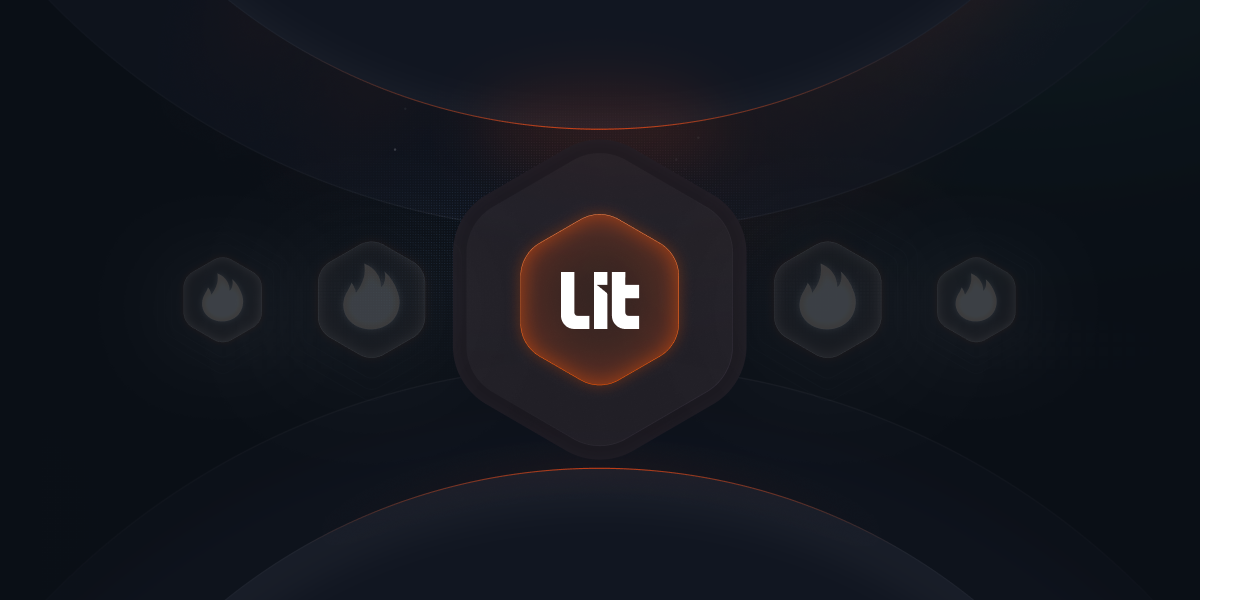Lit v1 Update and Next Phase

Over the past five years, Lit has grown into one of the most widely adopted cryptographic coordination networks, securing hundreds of millions in on-chain assets and powering automation and privacy for applications across Ethereum, Solana, Bitcoin, Cosmos, and beyond.
We are now entering the final stage of transitioning the network to Lit v1 (tesetnet live) and an economically aligned network model built around veLITKEY governance.
Here's what's next:
1. Staking Contest Ends — November 13
The current staking contest determines the initial Lit v1 validator set.
These operators are the backbone of the new network.
Once the contest concludes, selected node operators move into network bring-up.
You can use Nexus to bridge your $LITKEY to the Lit Chain and stake here.
There's a 10% bonus on top of staking rewards for taking action during the contest!
2. Lit v1 Initialization
The Lit v1 testnet is live here. For the Lit v1 mainnet, Node operators will:
- Deploy and configure validator nodes
- Complete TEE attestation
- Perform Distributed Key Generation (DKG)
- Synch with Lit v0
This stage ensures that key material and network security are transitioned safely, without service interruption.
3. Ecosystem Migration Begins
Once Lit v1 reaches operational readiness, the existing ecosystem currently running on Lit v0 will migrate.
This includes:
- Wallets
- Identity systems
- AI agent platforms
- DeFi products
- Social applications
- Infrastructure protocols
Learn more about the Lit Protocol ecosystem.
Importantly, the programming model stays the same — developers do not need to rewrite apps or signing logic. The network simply becomes more useful, secure, decentralized, and economically aligned.
4. veLITKEY Flywheel Activates
Shortly after v1 launch, veLITKEY governance becomes active.
This introduces the core incentive loop:
- veLITKEY holders earn a share of network fees
- veLITKEY holders direct additional incentives to ecosystem teams, applications, and integrations
This aligns value with actual network usage. Builders who create activity and demand for signatures receive the incentives they help generate.
It creates a market for attention and development on top of the key infrastructure layer. More on veLITKEY here.
5. Lit v0 Sunsets (~3 Months After Migration)
Once the migration period is complete, Lit v0 will be shut down. From that point forward, Lit v1 is the active network.
Vincent — Self-Custodial Automation
Vincent is evolving into a self-custodial automation layer that plugs directly into smart accounts across chains.
Users authorize agents and automations inside their own wallet, rather than giving custody to a third party.
- Apps become permissions, not custodians.
- Session keys authorize functionality, not ownership transfer.
- Works across chains and account standards.
Vincent = a custody model where automation runs inside the user’s wallet.
This is a major unlock for wallets that want to embedded automation, developers creating automations, and all their users.
Lit Realms — “On-Network” Sovereignty
Any ecosystem, DAO, L2, state machine, or digital society can run its own Lit Realm:
- Its own validator set
- Its own policy rules
- Its own economic model
This is the Web3 equivalent of on-premise infrastructure, except it runs on across a network.
If an ecosystem needs chain signatures, sovereignty, or data isolation → they operate a Realm.
Closing
Lit is provides programmable control and with Lit V1, becomes an economically aligned trust layer for all autonomous or private applications and their users.
The upcoming months are about finalizing the foundation and kick starting the flywheel.
- Validator selection finalizes
- Lit v1 launches
- veLITKEY incentives come online
- Ecosystem transitions
- Vincent and Realms scale adoption
We’re entering the phase where the network becomes self-sustaining, supporting the mission to expand agency across the web.
